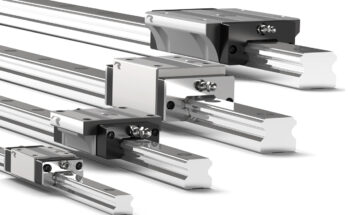In today’s fast-paced business environment, accounting firms juggle increasing client demands, complex regulations, and tight deadlines. An inefficient accounting workflow can lead to bottlenecks, errors, missed deadlines, and decreased profitability. Relying on outdated manual processes not only eats up valuable time but also prevents firms from focusing on higher-value advisory services. Modern firms must proactively identify and address workflow inefficiencies to remain competitive, improve accuracy, and enhance overall team productivity. This requires a strategic approach that embraces technology, standardization, clear communication, and a commitment to continuous improvement.
Leveraging Technology for Automation and Speed
The cornerstone of a streamlined accounting workflow is the strategic adoption of technology. Cloud-based accounting software, for instance, offers real-time collaboration, secure data storage, and accessibility from anywhere. Automation tools for tasks like data entry, bank reconciliation, and recurring invoicing significantly reduce manual effort and potential for human error. Integrating different software systems (CRM, payroll, expense management) eliminates data silos and ensures information flows seamlessly, reducing time spent on data duplication and verification. Embracing these digital tools is not just about speed; it’s about freeing up your team to focus on analysis and client relationships.
Standardizing Processes and Enhancing Accuracy
Consistency is key to accuracy and efficiency. Developing standardized processes for common tasks – such as client onboarding, month-end closes, and tax preparation – ensures that work is completed reliably and predictably. Documenting these standard operating procedures (SOPs) provides clear guidance for all team members, simplifies training for new hires, and reduces ambiguity. A well-defined process dictates where documents are stored, how data is entered, and who is responsible for each step. This structure minimizes variations in output quality and significantly reduces the likelihood of errors creeping into the system.
Improving Communication and Collaboration Channels
Effective communication, both internal and external, is vital for a smooth accounting workflow. Implementing a centralized platform for client communication and document exchange (like a secure client portal) reduces email clutter and ensures important information isn’t lost. Internally, utilizing project management tools and instant messaging applications can facilitate quick questions, progress updates, and task delegation, preventing delays caused by miscommunication or waiting for email responses. Clear communication protocols about deadlines, client expectations, and task handoffs ensure everyone on the team is aligned and working efficiently towards common goals.
Fostering a Culture of Continuous Improvement
Streamlining your accounting workflow isn’t a one-time project but an ongoing commitment. Regularly reviewing existing processes, soliciting feedback from the team, and analyzing workflow metrics (like time spent on specific tasks or error rates) can reveal new areas for optimization. Encourage team members to suggest improvements based on their daily experiences. By fostering a culture where efficiency and innovation are valued, firms can adapt to changing demands, implement new technologies as they emerge, and maintain a high level of productivity and accuracy consistently. Embracing these best practices creates a more efficient, resilient, and profitable firm.




